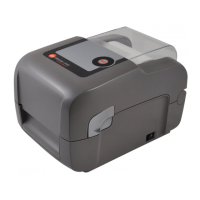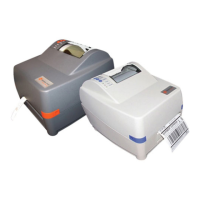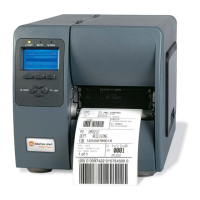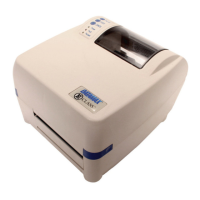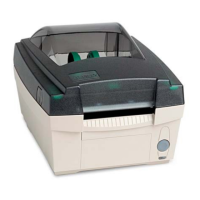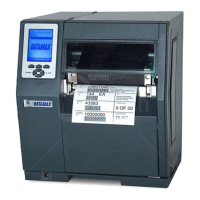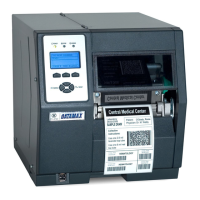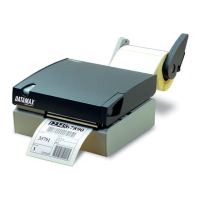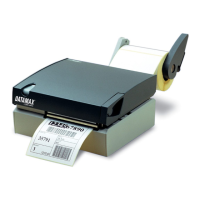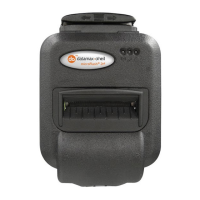Appendix G – Bar Code Details
226 Class Series 2 Programmer’s Manual
Field Valid Inputs Meaning
a
1,2,3, and 4 Rotation
W1
W1 Fixed value, extended bar code set
b
f and F
Lowercase selects the Aztec bar code, variable length.
Uppercase selects the Aztec bar code with a Byte Count
Specifier
c
1 to 9, A to Z, and a to z
Module size horizontal multiplier, 0 = default size. The c/d
module size parameters should be equal to produce a
square symbol. When the label command (Dwh) is used to
generate larger text, then c and d may be used to
compensate and ensure a square symbol.
d
1 to 9, A to Z, and a to z
Module size vertical multiplier, 0 = default size (See
explanation for “c”, above.)
eee
000 No Effect
ffff
0000 to 9999 Label position, row
gggg
0000 to 9999 Label position, column
[hhhh]
0000 to 9999
Optional string length specifier. Field termination is set by
this byte count. This decimal value includes all of the data
following this byte count field, but does not include itself.
i
0, 1
Extended Channel Interpretation (ECI) mode; 0 = Disabled,
1 = Enabled
jjj
000 to 300
Error Correction (EC) / Amount (see table below), where:
000 – Default EC, approximately 23%
001 – 099 EC fixed value, expressed as a percent.
101 – 104 Compact core, 1 to 4 layers respectively.
201 – 232 Full size core, 1 to 32 layers respectively.
300 – Rune format, encodes three ASCII decimal digits 0-
256; scanner decode output is decimal number 0-
256
kk…k
8-bit data, followed by a
termination character
Data to be encoded.
The error correction or size selection determines the symbol size and other
characteristics of the symbol, as shown in the following table. Attempting to encode
more data that has been made available will result in no symbol printed.
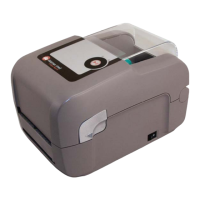
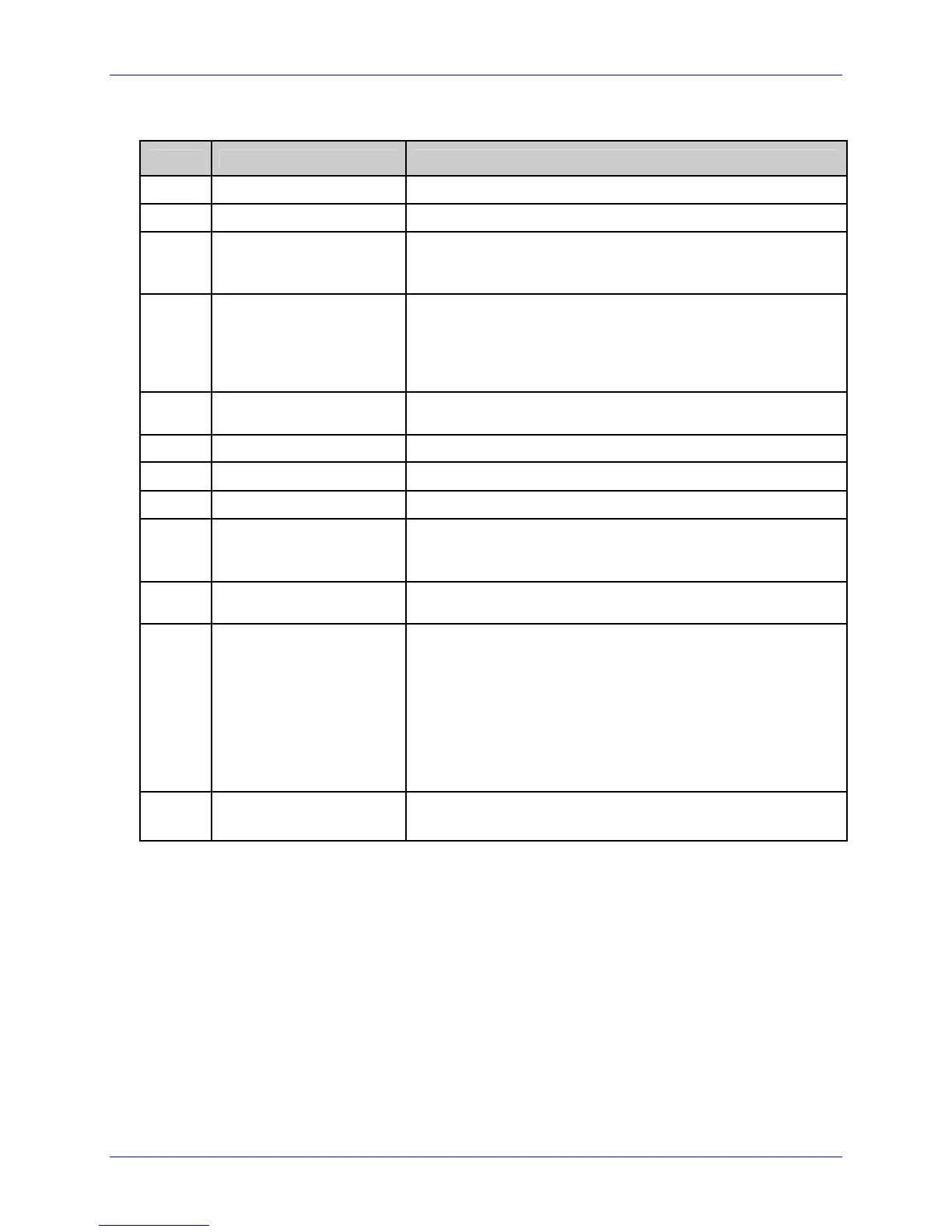